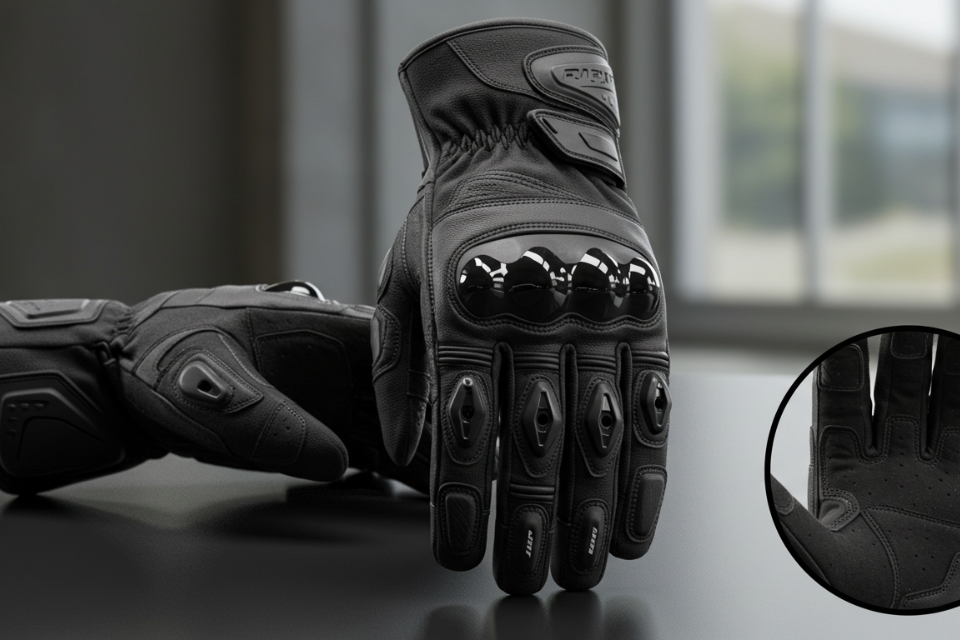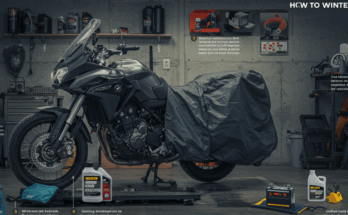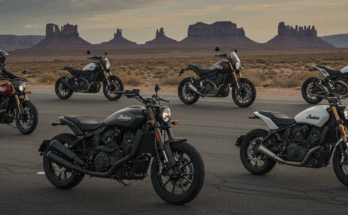Finding the perfect pair of motorcycle gloves is crucial for both comfort and safety. They’re your primary line of defense in a fall, and a long ride can be miserable with ill-fitting or uncomfortable gloves. This guide will help you navigate the world of motorcycle gloves and find the best fit for your needs.
Understanding Glove Materials
The material of your gloves significantly impacts comfort and protection. Leather is a classic choice, offering excellent abrasion resistance. Learn more about leather types for motorcycle gloves. However, textile gloves, often made from materials like Cordura or nylon, are lighter and more breathable, ideal for warmer climates. Consider your riding conditions and personal preferences when making this decision. Some gloves even blend materials for optimal performance.

Protection Features: Beyond the Material
Beyond the base material, look for additional protective features. Reinforced palms are essential for impact absorption during a fall. Knuckle protection, often integrated via hard plastic or carbon fiber, is crucial for protecting your knuckles from road rash. Some gloves also include additional padding on the fingers and wrist area. Read more about impact protection and its importance.
Comfort and Fit: Finding Your Perfect Glove
Comfort is just as vital as protection. Ill-fitting gloves can lead to fatigue and discomfort, especially on longer rides. Ensure you choose the correct size; too tight, and you’ll restrict blood flow, while too loose, and they won’t provide enough protection. Consider the dexterity level; some gloves prioritize protection over dexterity. For a more comfortable ride, ensure the gloves feel secure but allow for a natural range of motion.See our guide on measuring your hands correctly.
Glove Types for Different Riding Styles
Different riding styles demand different glove types. Sportbike riders might prefer short-cuff gloves that offer maximum dexterity and feel. Touring riders will likely want longer gloves that extend up the forearm for added protection. Off-road riders need gloves with good grip and durability. Think about your riding style and the level of protection you need.
Features to Consider: Linings and Touchscreen Compatibility
Many gloves include a lining for added insulation and comfort. Thinsulate and Gore-Tex are popular choices offering different levels of warmth and water resistance. Touchscreen compatibility is a highly desirable feature for GPS navigation and other in-ride technology. Check out our top 5 touchscreen compatible gloves.
Budgeting for Your Motorcycle Gloves
Motorcycle gloves range in price from budget-friendly options to high-end, top-of-the-line designs. While a higher price often reflects better materials and more advanced protection features, it’s crucial to balance your budget with your needs. A good pair of gloves is an investment in your safety and comfort. Remember, spending more doesn’t automatically mean better protection, check out our budget glove recommendations.
Maintaining Your Gloves
Proper glove maintenance extends their lifespan. Regularly clean your gloves to remove dirt and grime. Store them properly to prevent damage. Leather gloves can benefit from leather conditioner to maintain their suppleness. This will ensure they remain comfortable and protective for longer.
Conclusion
Choosing the right motorcycle gloves involves considering several factors: material, protection features, comfort, and fit. By carefully assessing your riding style, budget, and needs, you can find the perfect pair that prioritizes both comfort and safety. Remember, your gloves are your first line of defense while riding. Invest wisely!
Frequently Asked Questions
What level of protection do I need? The level of protection depends on your riding style and the potential hazards you face. Sportbike riders might opt for less bulky gloves, whereas touring riders may prefer more comprehensive protection.
How often should I replace my gloves? Replace your gloves after any significant impact or if you notice significant wear and tear on the material. Even without damage, consider replacing them every 2-3 years, especially leather gloves.
How do I clean my leather motorcycle gloves? Use a leather cleaner and conditioner specifically designed for motorcycle gear. Avoid using harsh chemicals or abrasive materials.
Are textile gloves as protective as leather gloves? Modern textile gloves, particularly those made with materials like Cordura, offer a high level of protection, often comparable to leather. However, leather generally provides better abrasion resistance.
Can I use my motorcycle gloves for other activities? It’s generally not recommended. Motorcycle gloves are designed specifically for riding, with features and materials not suitable for other applications.



